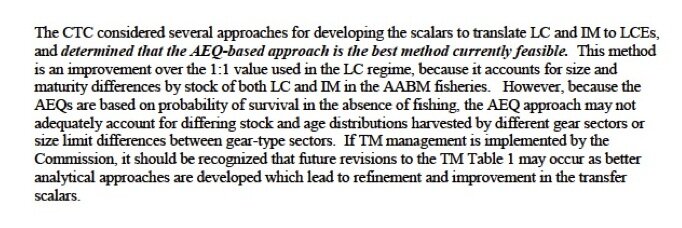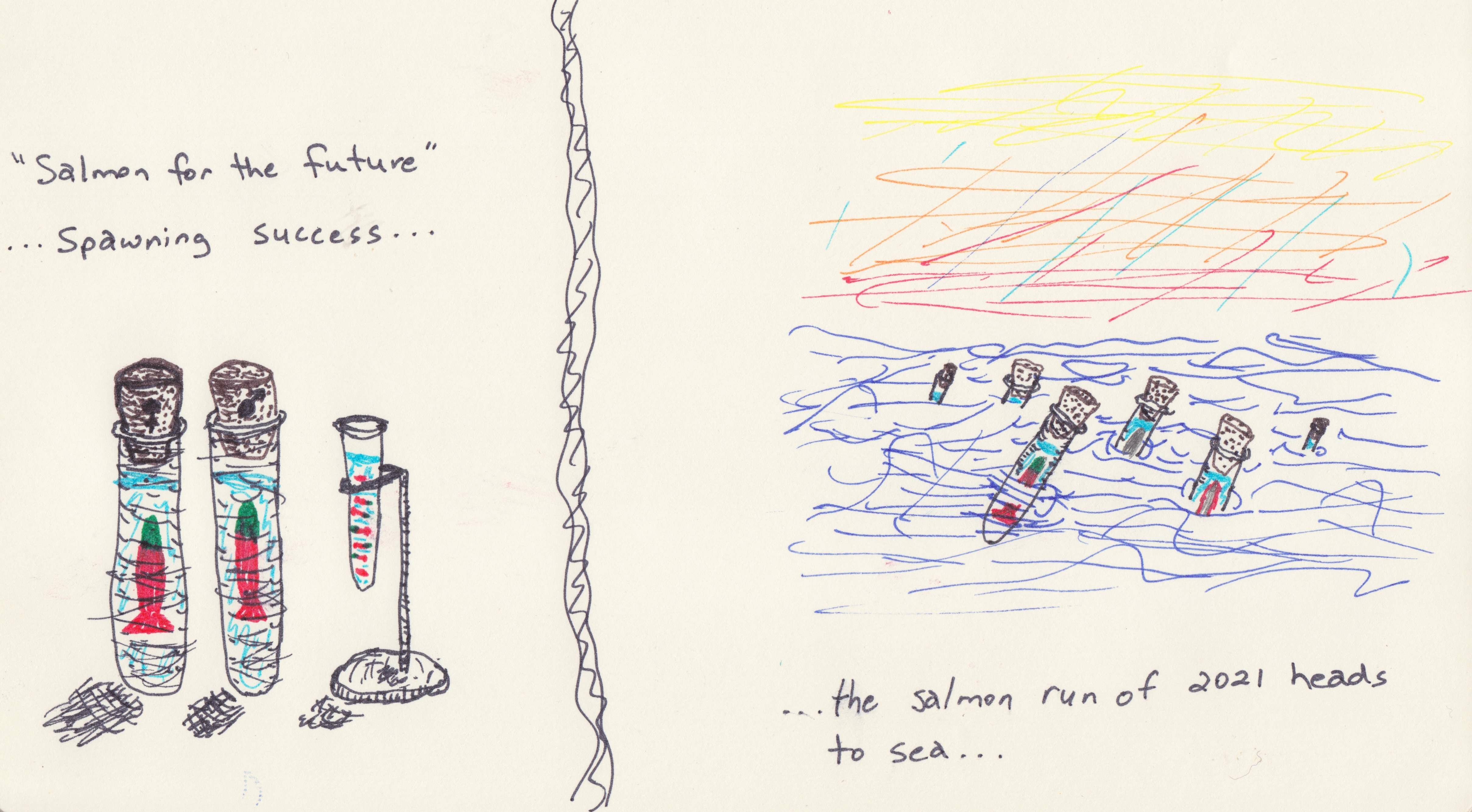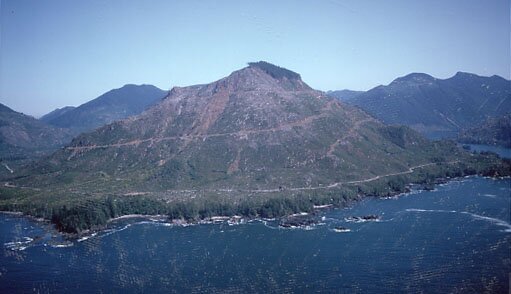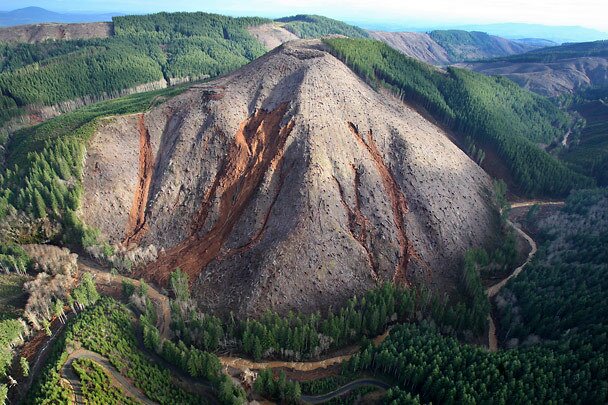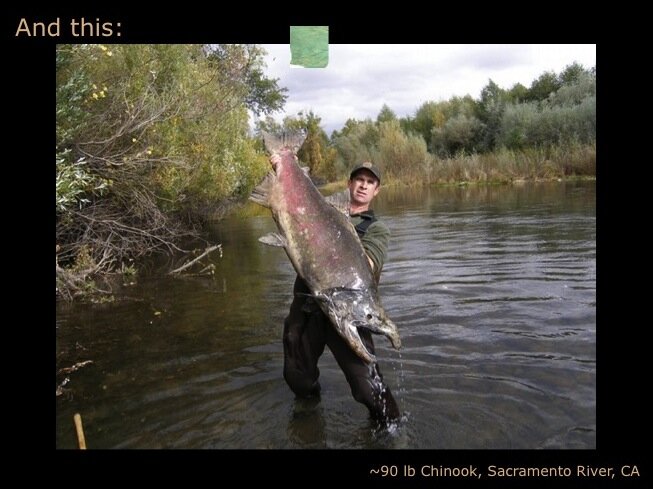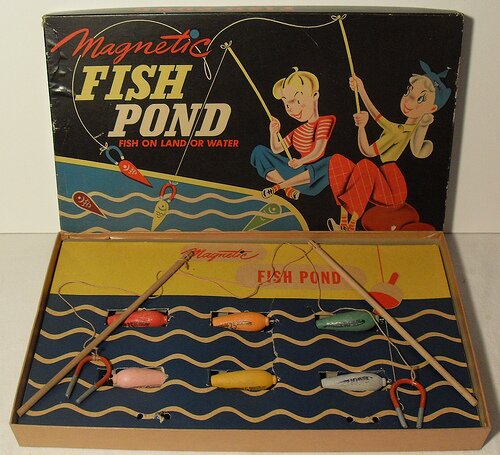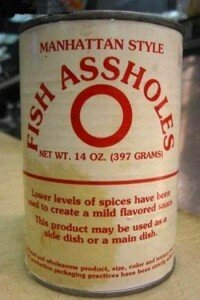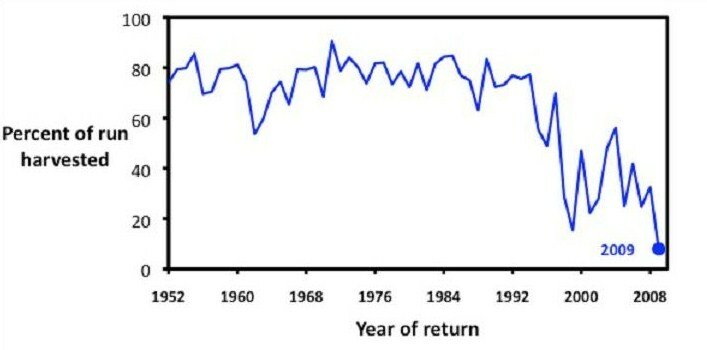The headline from the National Post reads:
An empty oil tanker caused minor damage Monday when it struck a tower in the middle of the San Francisco-Oakland Bay Bridge while navigating beneath the hulking span, officials said.
The 752-foot Overseas Reymar rammed the tower about 11:20 a.m. as it headed out to sea, according to the Coast Guard and state transportation officials. It didn’t affect traffic on the busy bridge, which is the main artery between San Francisco and Oakland, Ney said.
OSG Ship Management Inc., which is the parent company that owns the Marshall Islands-registered ship, said the vessel hit an underwater portion of the massive bridge structure.
Investigators had not yet determined the cause of the crash.
“There’s always the human factor,” Coast Guard Lt. Cmdr. Shawn Lansing said. “That is again what we’ll look into and see whether, in fact, it was a human error or something else and take that into consideration in the development of future regulation.”
Visibility at the time was about a quarter-mile, but officials didn’t say if that was a factor.
The Silicon Valley Mercury News reports
…The pilot of the ship was identified as Guy Kleess, 61, of San Francisco, a former Exxon oil tanker captain who has been involved in at least three other shipping accidents since 2009.
The incident provided a stark reminder of a similar Bay Bridge collision five years ago, when the Cosco Busan, a 901-foot-long cargo ship, hit the adjacent tower of the Bay Bridge, spilling 53,000 gallons of heavy bunker fuel into the bay, fouling 69 miles of shoreline and killing thousands of birds.
That an oil tanker similar in size to the Exxon Valdez, with the capacity to haul millions of gallons of heavy crude oil, hit a bridge in San Francisco Bay alarmed environmentalists.
This last line is particularly entertaining… what exactly is an environmentalist in the eyes of these writers? Is it only ‘environmentalists’ concerned about this?
The :
Monday’s mishap brought back memories of a major crash in November 2007 in which the 902-foot Cosco Busan rammed the bridge and spilled 53,000 gallons of oil into San Francisco Bay.
That accident contaminated 26 miles of shoreline, killed more than 2,500 birds and delayed the start of the crab-fishing season. Capt. John Cota, the pilot of the Cosco Busan, was sentenced to 10 months in prison after pleading guilty to two misdemeanors.
Apparently, that’s just more than those ‘pesky’ environmentalists fronting concern… I’m guessing the maybe 7 million+ residents of the Bay and surrounding area might be a bit concerned if this ship had hit the bridge with its full capacity of some 500,000+ barrels of oil which it had just offloaded.
The Silicon Valley Mercury News…
Biologists for years have said that if a large oil tanker spills in the bay, the currents could carry much of it southward, where it would devastate egrets,herons, harbor seals, salmon and other species in the marshes and wetlands. Because of the weak tidal action in the southern part of the bay, the oil would take months, if not years, to remove.
The article continues with some key questions:
Among the key questions Monday: Why was the ship sailing in significant fog? After the Cosco Busan spill in 2007, the Coast Guard put in place rules limiting large ships from sailing when there is less than half a mile of visibility. Coast Guard officials said Monday that the visibility was a quarter-mile at the time of the accident.
Also, did Coast Guard officials who track ships on radar warn the vessel it was about to hit the bridge tower? [what about the ship’s own radar…?]
And why did the ship or its contracted emergency response crews not deploy boom — floating barriers that protect against oil spills — until hours after the accident?
Coast Guard Lt. Cmdr. Shawn Lansing said the ship, which was built in 2004, had a double hull, which is required under a federal law signed by President George H.W. Bush after the Valdez spill. At a news conference Monday afternoon, Lansing said investigators don’t yet know the cause of the crash but are looking at human error as a possibility.
There it is again… ‘likely possibility’… ‘may’… and now we’re back into the circle of ‘evidence absence’ and ‘absence of evidence’… and… well…
… then the great news cycle… this accident will blow away or float away in the Bay tides in coming days and weeks.
Except maybe in places where people are contemplating the ‘human error’ risk factors present in shipping oil, bitumen, fuel and otherwise in areas where collisions between land, and land-based structures could be absolutely disastrous – as the Exxon Valdez and numerous other accidents demonstrate.
Here’s an image from the Vancouver Sun of the community of Kitimat and the Douglas Channel stretching west:
And a more complex view of the Douglas Channel from the Dogwood Initiative website;
And the Bay Bridge… pretty darn tough to see that thing…
Double-hulled, triple hulled, highly trained pilots, radar, Coast Guards, regulations (current or future), policies, judicial reviews, ministerial imperatives, etc. … it don’t matter when it comes down to old faithful “HUMAN ERROR“…
It’s not a matter of ‘if’… it’s only a matter of ‘when’… that is… when we’re talking shipping, ships, and oil.
Risk… Reward?
[Remember this post from almost exactly one year ago today: Proposed Northern Exit-gateway Pipeline: Accidents happen because of human error… and are not averted due to elaborate statistical anlayses… [or elaborate regulations… which may not be followed anyways… as in this case and half mile visibility and big bridges]











